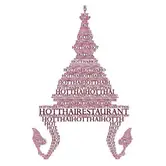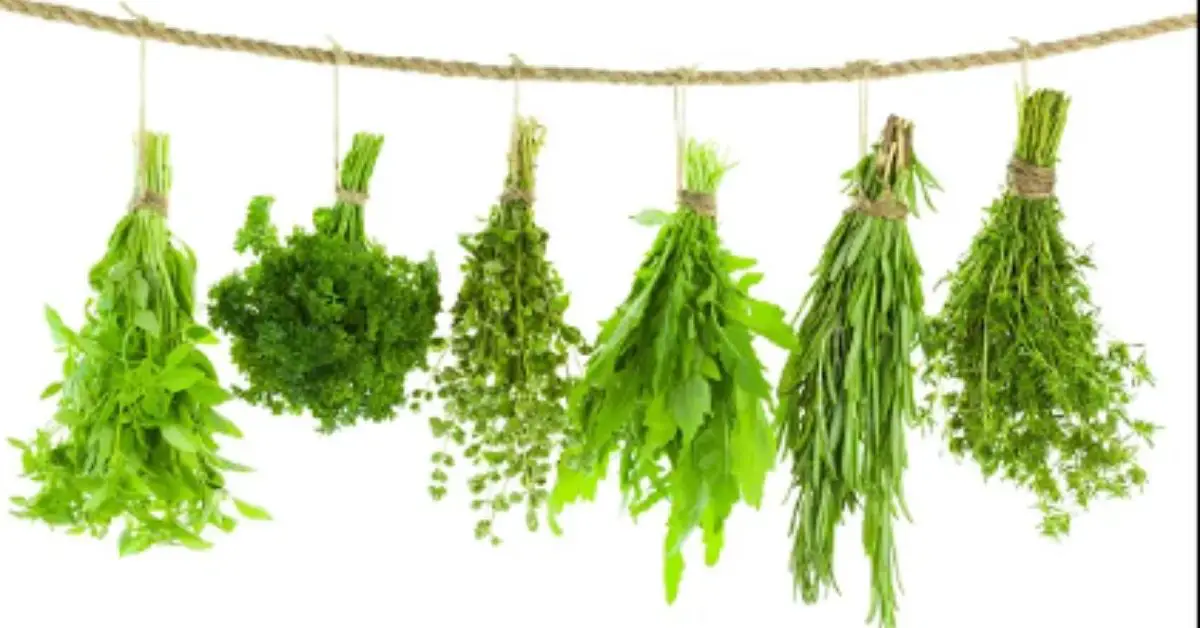Imagine walking through a bustling Vietnamese market, where the air is perfumed with a blend of exotic scents. Among these, the fragrance of rau thơm, or Vietnamese herbs, stands out. These aren’t just any herbs; they’re the essence of Vietnamese cuisine, elevating dishes with their vibrant flavors and aromas.
You’ve likely encountered cilantro or mint in various dishes, but rau thơm offers a whole spectrum of flavors that are less familiar yet equally tantalizing. From the lemony zing of rau răm to the peppery bite of ngò gai, these herbs don’t just add flavor—they transform a meal.
Diving into the world of rau thơm, you’ll discover how these herbs are more than garnishes; they’re integral to the cultural and culinary fabric of Vietnam. Let’s explore how each herb plays its unique part in Vietnamese cooking and how you might use them to add a new dimension to your own dishes.
Common Types of Vietnamese Herbs Rau Thom
Vietnamese cuisine is renowned for its vibrant use of fresh herbs, or rau thơm. Below, we’ll dive into some common types that might just inspire you to experiment in your own kitchen!
Vietnamese Coriander (Rau Răm)
Discover Vietnamese Coriander, or Rau Răm, a staple in many traditional dishes. It’s noted for its spicy, peppery flavor that resembles cilantro but with a kick. You’ll often find it in salads, soups, and spring rolls. It’s especially popular in fish dishes, where it complements the flavors wonderfully.
Fish Mint (Diếp Cá)
Next up is Fish Mint, known as Diếp Cá. This herb has a distinctive, fishy aroma, which can be quite surprising! It’s an acquired taste, but give it a try in dishes like bánh xèo (Vietnamese pancakes) and fresh spring rolls. Its unique flavor profile adds an authentic touch to any Vietnamese culinary creation.
Vietnamese Balm (Kinh Giới)
Lastly, meet Vietnamese Balm, or Kinh Giới. This lemon-scented herb brings a light, citrusy note to dishes. It’s a fantastic addition to grilled meats and fresh salads. Its refreshing aroma makes it a favorite among Vietnamese households for creating delightful, herb-infused meals.
Culinary Uses of Vietnamese Herbs Rau Thom
Vietnamese herbs, or rau thơm, play a pivotal role in elevating the flavors of various dishes. Here’s how you can use these aromatic herbs to enhance your culinary creations:
In Fresh Spring Rolls
Spring rolls are a staple in Vietnamese cuisine, and the addition of herbs like Vietnamese Coriander and Fish Mint makes them truly authentic. You’ll find that the peppery kick of Rau Răm and the distinct fishy hint from Diếp Cá complement the fresh vegetables and seafood or meat beautifully. Simply lay a few leaves on the rice paper before rolling to infuse your spring rolls with these vibrant flavors.
As a Garnish in Pho
Pho wouldn’t be complete without a generous handful of fresh herbs. Vietnamese Balm, with its lemony scent, and the slightly bitter taste of Ngò Gai (Culantro) sprinkle a burst of freshness into this beloved soup. Add these herbs finely chopped or as whole leaves right before serving to maintain their flavor and texture. This not only enhances the taste but also adds a pop of green to the hearty broth.
In Traditional Salads
Herbs are not just garnishes but star players in Vietnamese salads. The use of Rau Răm, Kinh Giới, and other herbs bring a freshness that balances the richness of dressings and the umami from meats or seafood typically found in these dishes. Chop or tear the herbs to release their essential oils, tossing them with ingredients like green papaya, carrots, and peanuts for a salad that’s bursting with flavor and texture.
Health Benefits of Vietnamese Herbs Rau Thom
Delving deeper into the significance of Vietnamese herbs, the health benefits they offer are as remarkable as their culinary uses. These herbs are not just flavor enhancers; they’re packed with nutrients and medicinal properties that can boost your overall health.
Nutritional Values
Vietnamese herbs like Rau Răm, Diếp Cá, and Kinh Giới are nutritional powerhouses. They’re low in calories yet rich in vitamins and minerals essential for maintaining your body’s health. For example:
- Vietnamese Coriander (Rau Răm) is abundant in Vitamin C, which aids in immunity and skin health. It’s also a good source of Vitamin A, crucial for eye health and maintaining healthy organs.
- Fish Mint (Diếp Cá), aside from its unique flavor, offers dietary fiber which helps in digestion and regularity. It also contains essential minerals such as calcium and phosphorus, supporting bone health.
- Vietnamese Balm (Kinh Giới) is notably high in antioxidants that combat free radicals in your body, potentially reducing your risk of chronic diseases.
Medicinal Properties
The medicinal benefits of Vietnamese herbs are deeply rooted in traditional medicine, supporting various health aspects:
- Rau Răm has been used to alleviate stomachaches and indigestion, thanks to its antimicrobial properties which help in fighting various pathogens.
- Diếp Cá is known for its anti-inflammatory properties, making it beneficial for treating skin conditions like acne and rashes. It is also used in herbal medicine to treat stomach problems.
- Kinh Giới often comes into play in relieving symptoms of the common cold and flu, such as reducing fever and soothing sore throats, due to its cooling properties.
Incorporating these herbs into your diet, you’re not only stepping into a world of vibrant flavors but also enhancing your health in numerous ways.
How to Grow Vietnamese Herbs Rau Thom at Home
Growing Vietnamese herbs at home can transform your cooking and health, enhancing flavors and offering numerous benefits. Here’s how you can successfully cultivate them right in your backyard or windowsill.
Choosing the Right Soil and Climate
- Opt for well-draining soil: Vietnamese herbs like Rau Răm, Diếp Cá, and Kinh Giới thrive in soil that doesn’t retain excessive water. A mixture of potting soil, perlite, and sand is ideal, ensuring good drainage.
- Ensure adequate warmth: These herbs originate from a tropical climate, so they need warmth. Aim for a spot that receives at least six hours of direct sunlight daily if you’re growing them outdoors. Indoor growers should use a south-facing window or supplement with grow lights.
- Maintain moderate humidity: High humidity promotes healthy growth. If your indoor air is dry, especially during winter, consider using a humidifier or placing a water tray near your plants.
Watering and Fertilizing
- Water judiciously: Overwatering is a common mistake. Water your Vietnamese herbs when the top inch of soil feels dry. It’s better to let the soil dry out slightly between waterings.
- Fertilize lightly: These herbs aren’t heavy feeders. A balanced, water-soluble fertilizer applied once a month during the growing season is sufficient to nourish them without causing nutrient burn.
- Prune regularly: Pruning not only keeps your herbs manageable but also encourages fuller, bushier growth. Snip off any leggy stems and harvest leaves as needed, which will stimulate new growth.
Where to Find Vietnamese Herbs Rau Thom
Now that you’re aware of the amazing benefits and how to grow Vietnamese herbs, you might be wondering where you can find them to get started. Here’s how you can locate Rau Thơm near you or online.
Local Asian Markets
Your best bet for finding fresh Vietnamese herbs is at local Asian markets. These markets often cater to diverse Asian communities, so they’re stocked with a variety of herbs that might not be found in regular grocery stores. Look for signs that say “Rau Răm,” “Diếp Cá,” or “Kinh Giới” in the produce section. Chatting with store employees can also lead you to the right aisle—they’re usually keen to help or share recipe tips!
Online Specialty Stores
If there isn’t an Asian market nearby, don’t worry! Online specialty stores are fantastic resources for finding Vietnamese herbs. Websites like Herbco.com or AsianFoodGrocer.com offer a wide range of fresh and dried herbs, including the specific varieties used in Vietnamese cuisine. Buying online gives you the convenience of shopping from home and the benefit of having the herbs delivered right to your doorstep. Just remember to check the freshness guarantee and delivery options to ensure your herbs arrive in the best condition.
Conclusion
Exploring the vibrant world of Vietnamese herbs like Rau Răm, Diếp Cá, and Kinh Giới not only enhances your culinary palette but also brings a slice of Vietnamese culture into your kitchen. Whether you’re growing them in your garden or sourcing them from local markets and online stores, these herbs promise to elevate your dishes with their unique flavors and health benefits. So why not give it a try? Your next culinary adventure is just a herb away!
Related Posts:



